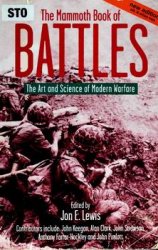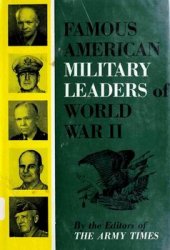The Pure Food and Drug Act and Meat Inspection Act, both passed on June 30, 1906, were dramatic interventions by the federal government to ensure quality standards of products for unwary customers. In 1906, Upton Sinclair’s novel The Jungle was published and received the personal attention of President Theodore Roosevelt. Sinclair’s descriptions of unsanitary production facilities for meat and his allegations of occasional processing of diseased animals stirred up sensational media and public reactions. Sinclair’s book was timely, coming on the heels of the 1898 “embalmed beef’ scandal, an event of the Spanish-American War in which adulterated beef was allegedly provided to the army.
The Pure Food and Drug Act was initially trivial in effect, calling simply for federal regulation of the content and labeling of certain food and medicinal products. The sum of $174,180 (about $23 million in 2011 dollars using GDP per capita as the inflator) was allocated to the Bureau of Chemistry for its enforcement. In contrast, the 1906 Meat Inspection Act increased the Bureau of Animal Husbandry’s budget for inspection purposes from $0.8 million to $3 million (about $107 million to $400 million in 2011 dollars using GDP per capita as the inflator).102
The 1906 Meat Inspection Act was not new. It was an amendment to the Meat Inspection Act of 1891, which had been passed in response to allegations by small local butchers and their organizations that dressed meat sent to distant markets by refrigerated

Advertising helped to expand the consumer demand for new products such as this all-purpose potion.

The famous Sears, Roebuck and Company catalog, and that of its rival, Montgomery Ward, brought access to an abundance of reasonably priced merchandise to every farmer’s door.
Railroad cars was unwholesome (Libecap 1992). Chicago meatpacking companies such as Armour, Swift, Morris, and Hammond dominated the interstate dressed-beef trade. In 1890, their market shares of cattle slaughtered in Chicago were 27, 26, 24, and 12 percent, respectively. Because the new refrigeration technology dramatically lowered the costs of shipments (dressed beef was roughly one-third of the weight of whole beef), these companies vastly undercut local butchers’ prices. To fight back, local butchers attempted to discredit refrigerated beef, claiming it was unwholesome.
As Libecap informed us, although these claims were unfounded, the big packers welcomed the governmental response. The large Chicago packers had private quality controls for dressed beef and a substantial stake in protecting their brand-name reputations. They welcomed federal inspection of beef in interstate markets, first because federal inspection augmented their own quality assurances, and gave each firm clear and accurate public information on the shipments of every other firm. This publicly provided inspection system allowed the firms to engage in pooling and market-sharing arrangements with excellent assurances that no firm could cheat on sale-share agreements. The 1891 Meat Inspection Act for interstate trade was similar to an 1890 act on meat for export. Both acts clearly benefited the producers by reinforcing each firm’s quality control standards for shipment to markets at home and abroad. Whether or not consumers benefited from the acts is uncertain, but the grounds and precedents for consumer protection were established by these first inspection acts, ostensibly on the consumers’ behalf.




 World History
World History









